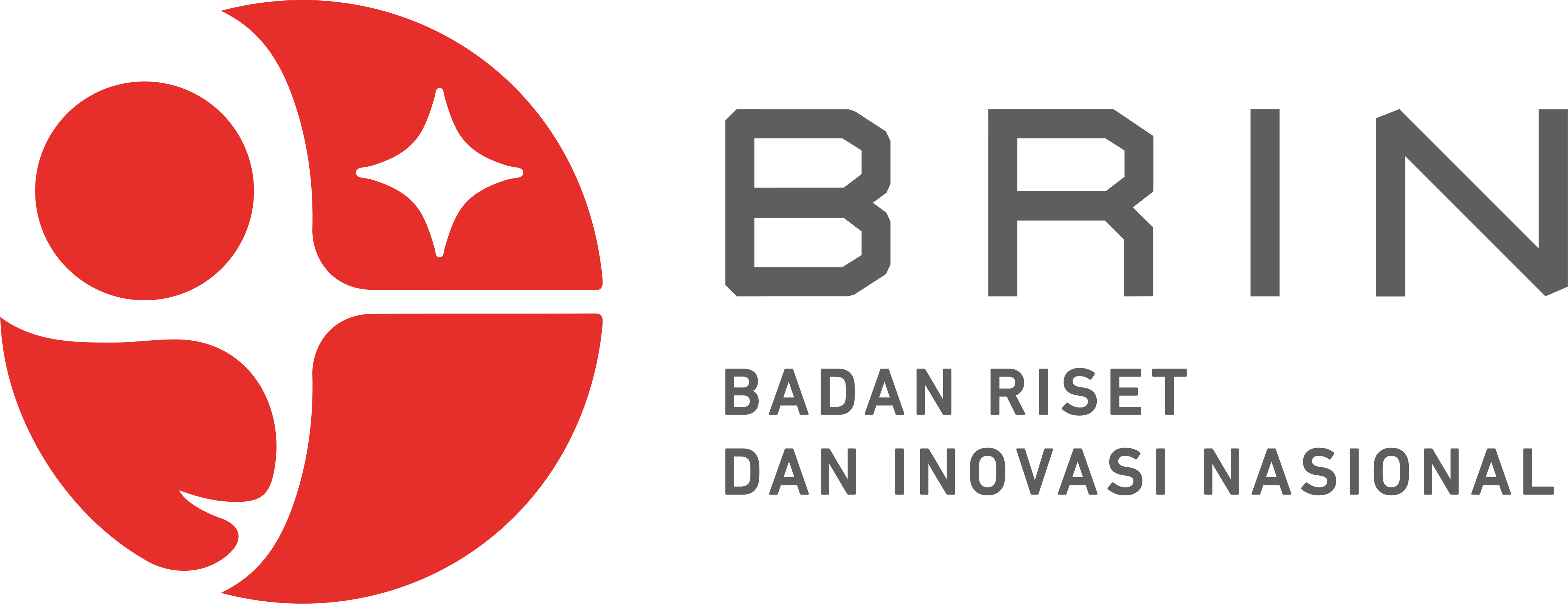An Evaluation of Accounting Problems for SMEs with GAP Analysis Method
DOI:
https://doi.org/10.25181/esai.v9i1.938Abstrak
Most SMEs lack of understanding in preparing the financial statement as well as finance and accounting knowledge. Financial statements are necessary to find out information of financial position, financial performance, and cash flows of an entity that is useful to a large number of users in making economic decisions. It is assumed that the reluctance of SMEs is caused by the accounting cycle that is too burdensome and time-consuming and that it needs persons with special skills to manage it. This study was aimed at analyzing the gap between the quality of the design cycles and the expected design with the quality of simple accounting model expected by SMEs. The samples were obtained through purposive sampling method with 30 businessmen of SMEs (trade, Industry and services) that rarely prepare the financial statements. The data were collected through field survey with questionnaires and interviews. The data were analyzed using the GAP method. The results of this research note that all values in each dimension of GAP are negative, and the expectation value is greater than the perception value. The respondents were dissatisfied with the process / accounting cycle. This means that the design cycle used by regular public accounting is not done by the SMEs on the grounds that the cycle is too long, too complicated and time-consuming as well as the absence of the human resources with accounting expertise. Keywords: GAP Analysis, Cycle, Accounting Design, SMEs, Perceptions, Expectations.Unduhan
Referensi
Abubakar Arif., dan Wibowo. 2005. Akuntansi untuk Bisnis Usaha Kecil dan Menengah. PT Grasindo. Jakarta.
Asrorwardi, Imam. 2012. Rancang Bangun Penilaian Kualitas Website Untuk Mengukur Gap Kualitas Antara Harapan dan Persepsi Pengguna. Tesis Program Pascasarjana Universitas Diponegoro. Semarang.
Badan Pusat Statistik (BPS) Kota Bandar lampung. 2012. Kota Bandar Lampung Dalam Angka 2012. Bandar Lampung.
Damayanti, Nurmala, dan Artie Ardhita R. 2011. Pendampingan Penyusunan Laporan Keuangan Bagi UMKM. Jurnal Pengabdian USU Tahun IV, No.2 September 2011, hal 57-58. Sumatera Utara.
Jati, H., Beatus B., Otniel N., 2004. Menumbuhkan Kebiasaan Usaha Kecil Menyusun Laporan Keuangan. Jurnal Bisnis dan Usahawan, II No. 8 (April 2004), hlm. 211.
Latifah, P. Nurul. 2011. Studi Empiris Penerapan Akuntansi UMKM Boja. Jurnal STIE Semarang Volume 3 Nomor 2 Juni 2011. www.stiesemarang.ac.id/ jurnal /index.php/ss/article/download/24/21.pdf.
Rusmianto. 2011. Studi Pendahuluan Penerapan Akuntansi Pada Usaha Mikro Kecil Menengah (UMKM) di Kota Bandar Lampung. Jurnal Ilmiah ESAI. Volume 5 Nomor 1 Januari 2011. Hal 69.
Saleh, Rusdi dan Nasrudin. 2009. Koperasi dan UKM. Peranan Usaha Kecil dan Menengah (UKM) di Indonesia. http://hijauaum.bogspot.com.2009/04/ koperasi -dan-ukm.html.
Srikandi, Cut. dan Dr. Aris Budi Setyawan. 2009. Analisis Penerapan Siklus Akuntansi Pada Usaha Kecil dan Menengah Di Daerah Istimewa Yogyakarta. ejournal.stienusa.ac.id/index.php/accounting/article/download/ 76/61.pdf
Sugianto. 2009. http://www.depkop.go.id /Media%20Massa/563-geliat-usaha-mikro-kecil-menengah-sebagai-motor-perekonomian-nasional-tahan-krisis-berkat-koalisi-strategis.html [31 Juli 2009]
Umar, Husein. 2002.. Metode Riset Bisnis. PT Gramedia Pustaka Umum. Jakarta





















